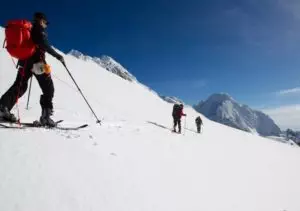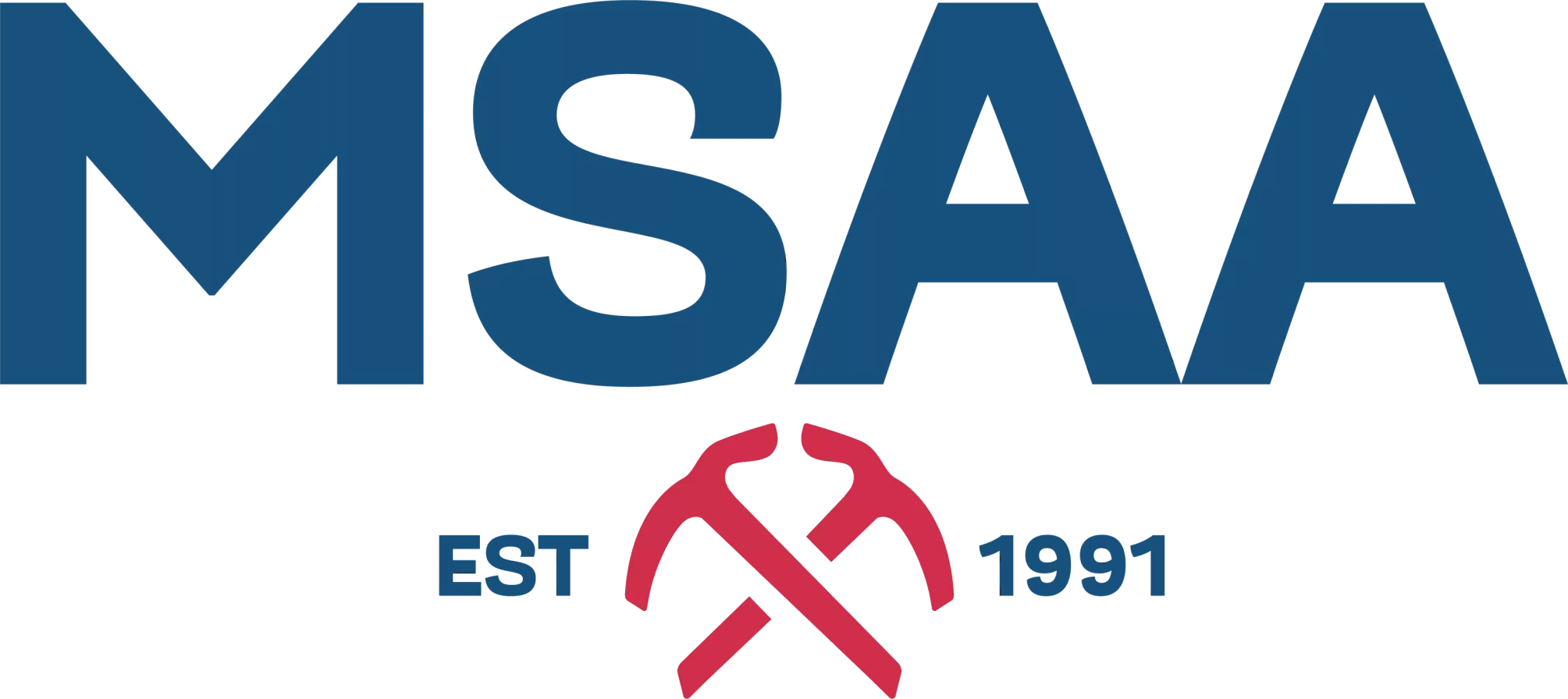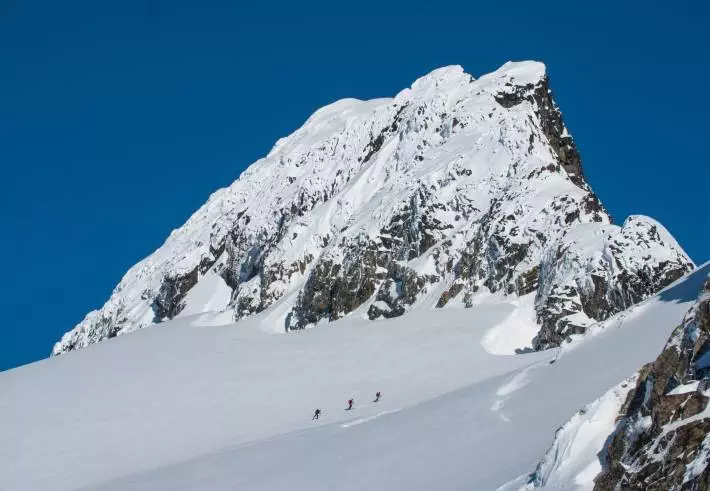Ski mountaineering season will soon be upon us and that means going after bigger objectives in more technical terrain. One of the gateways to standing on summits and skiing couloirs in western Canada is glaciers. These stretching snow-covered ice sheets provide suitable access routes and great low-angle skiing. But a caveat of glacier travel – whether on skis, skins or snowshoes – is the prevalence of crevasses. These gaping cracks form where the glacial ice in tension, creating a dangerous fall hazard.

By mid-winter (depending on the season and the geo-location), crevasses tend to get filled in with snow or accumulate enough settled snow to form a snow bridge. The strength of that snow bridge will determine whether a person falls through it or not, which is why glacier travelers will often rope up to one another. If your friend does fall into a crevasse, there’s several techniques to retrieve them. We’ll get more into that in Part 2 of this Introduction to Crevasse Rescue, but for now we’ll be looking at the gear you need to be travelling with.

Crevasse Rescue Gear – The Essentials
Some folks will own a variation of this kit, but this is what Mountain Skills Academy & Adventures (MSAA) lead guide Eric Dumerac carries in his pack or on his person:
- Climbing harness
- 7mm prussik cord; 2 x 5m lengths, 1 x 7m length (for building anchors)
- 5mm prussik cord, 2 x 5m lengths (for attaching to and climbing up the rescue line)
- 4 x non-locking carabiners (two sets of identical pairs)
- 4 x locking carabiners (two should be “Munter” or pair shaped)
- 1 x auto block belay device (such as the Black Diamond ATC)
- Petzl RAD (Rescue and Descent) Kit (30m of special 6mm cord, 3 x locking carabiners, double-length sling, Tibloc device and Microtraxion device)
One of the important considerations of the above gear is the climbing prussiks must be a smaller diameter than the rescue line (5mm prussiks for the 6mm Petzl RAD line in this case). If you were using an 8mm rope as the rescue line for example, a 5, 6, or even 7mm prussik would suffice.

MSAA recently teamed up with Escape Route and the Alpine Club of Canada to give the the Petzl RAD system a field test. Here are some of the observations about the RAD System compared to a traditional crevasse rescue set up:
- It’s lighter. This is mainly due to be able to use the 6mm RAD Line cord with the designated friction and blocking devices. Traditional crevasse rescue ropes are either 8 or 8.9mm in diameter, but the Rad Line has a reinforced, rough-textured sheath that makes it capable for use in a hauling or pulley system. It also works well in rappelling applications such as lowering yourself down to the victim inside the crevasse.
- It’s a smaller package. This allows backcountry skiers to always bring it along in their pack and have it ready should a crevasse rescue scenario arise.
- It’s not a silver bullet. While the RAD system provides a convenient solution, it does require a few additional pieces of kit in order to build more complex pulley systems. This includes the items listed above as well as an ice screw for anchoring into ice.


Remember, crevasse rescue gear is only as effective as the person using it. If you’re ready to up your ski mountaineering game, take a crevasse rescue course at the same time as purchasing the gear.
Stay tuned for our video on crevasse rescue, co-produced with the Alpine Club of Canada – Vancouver Section and Escape Route.

